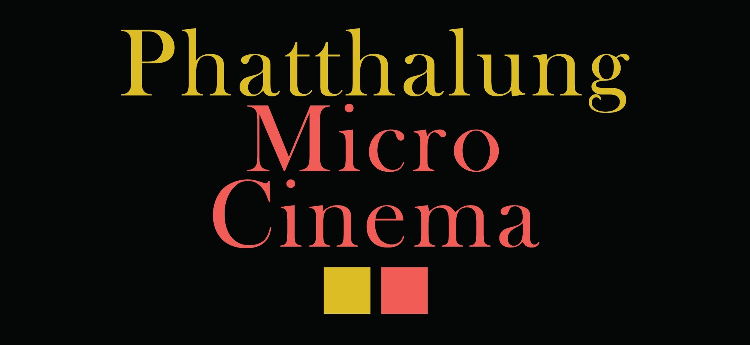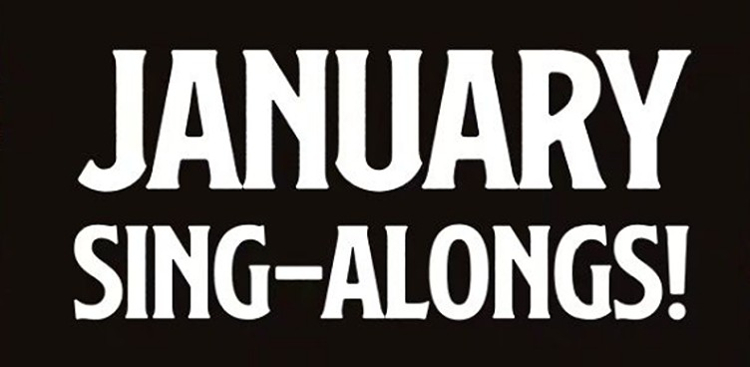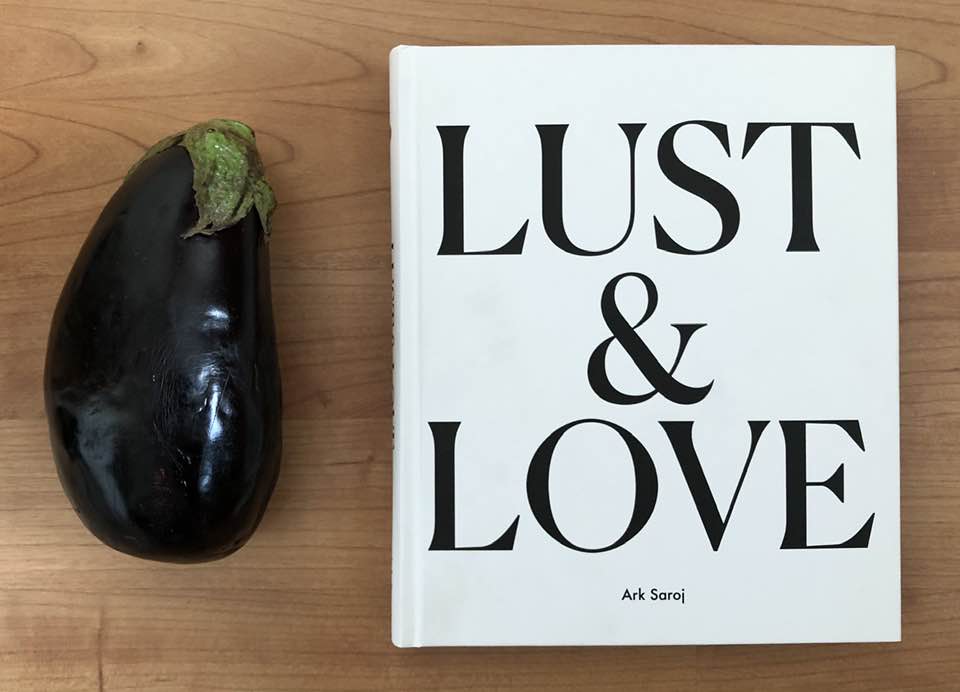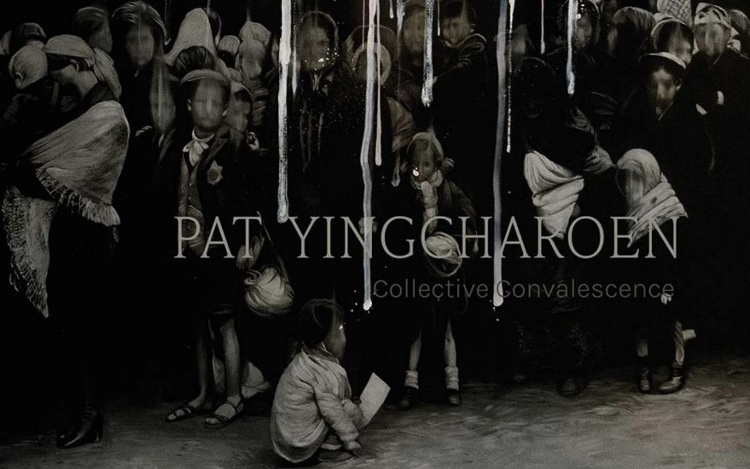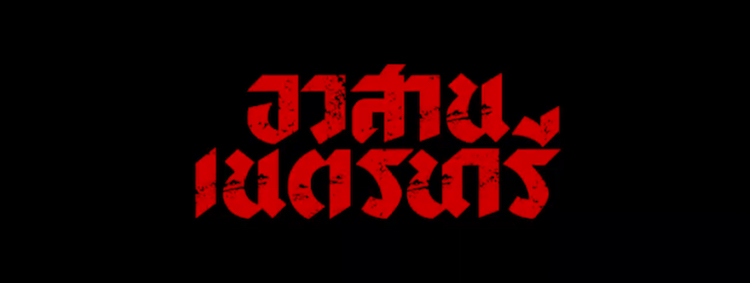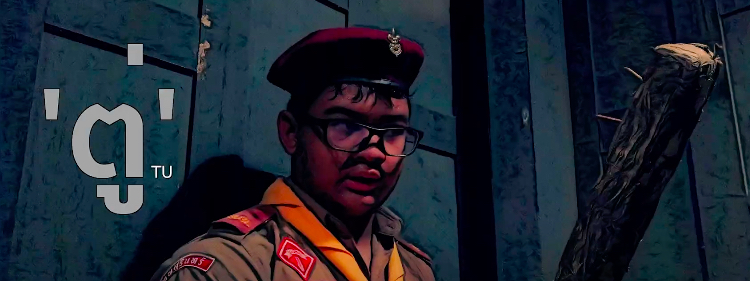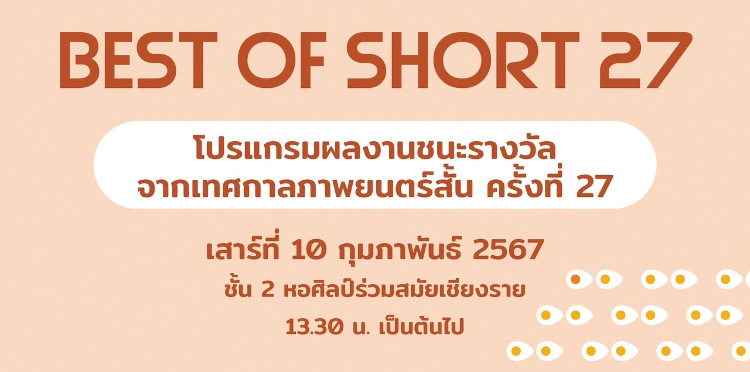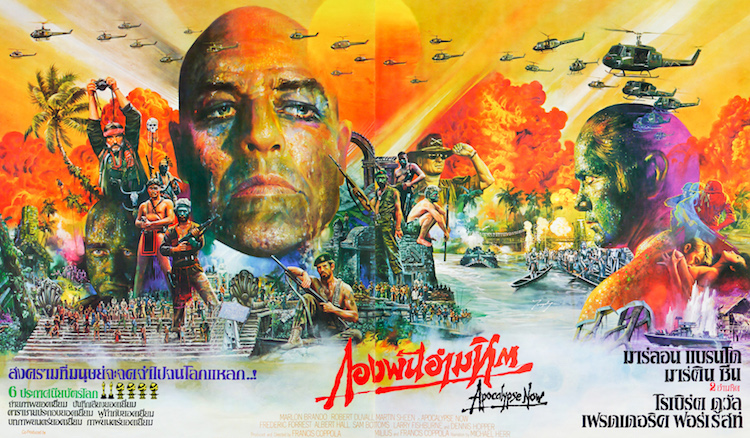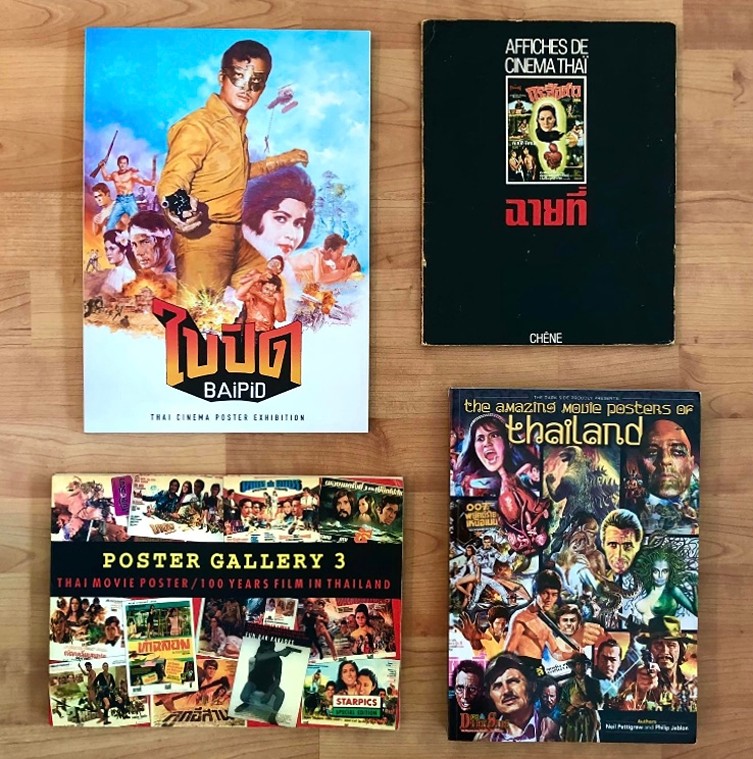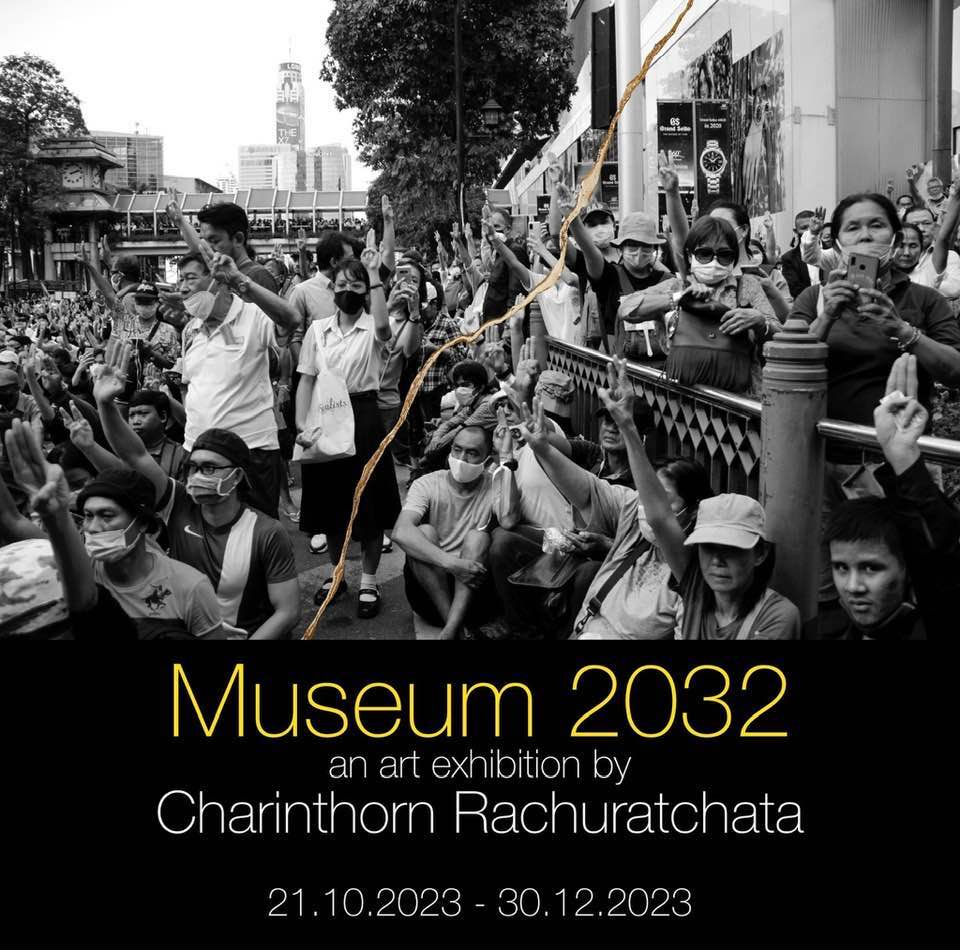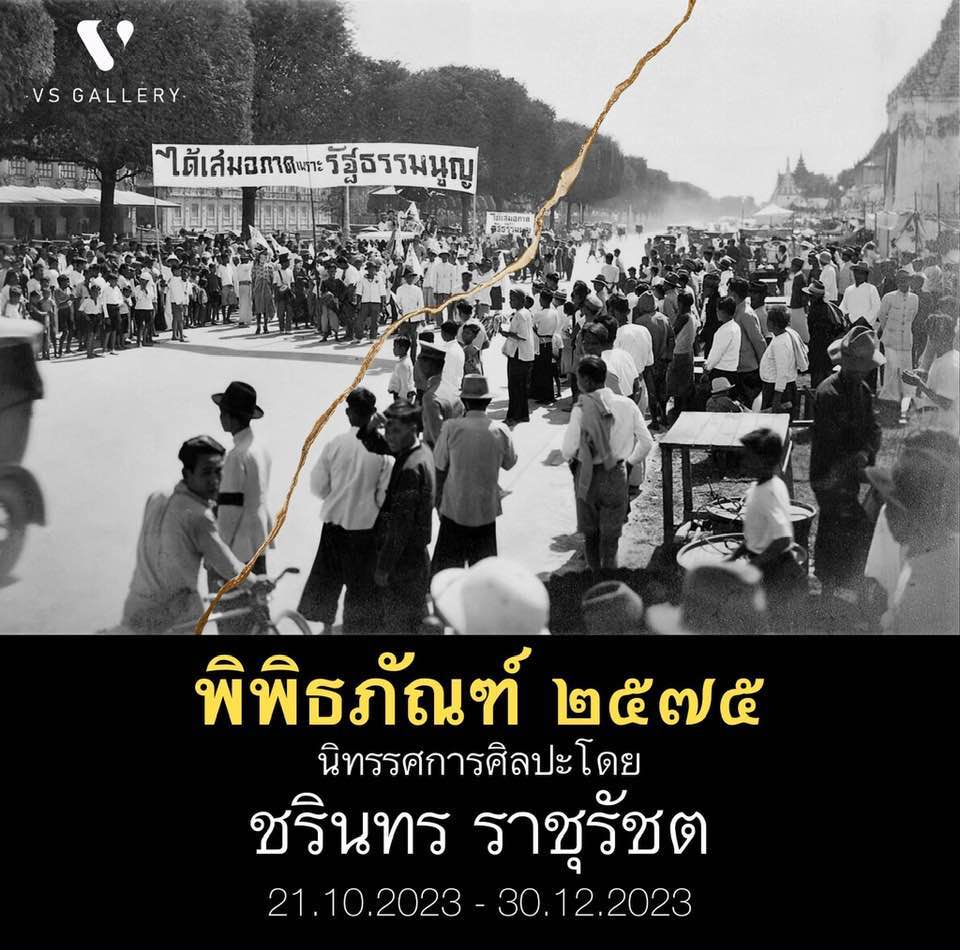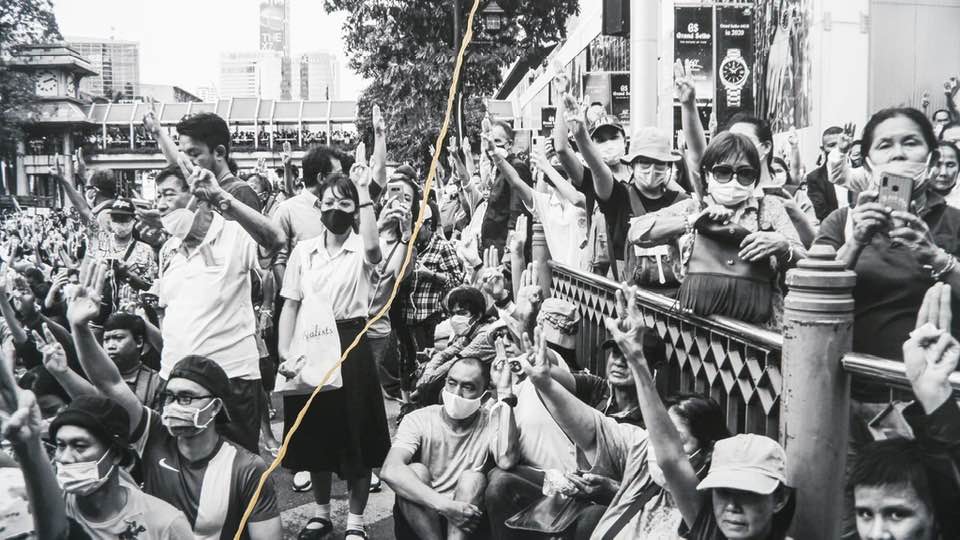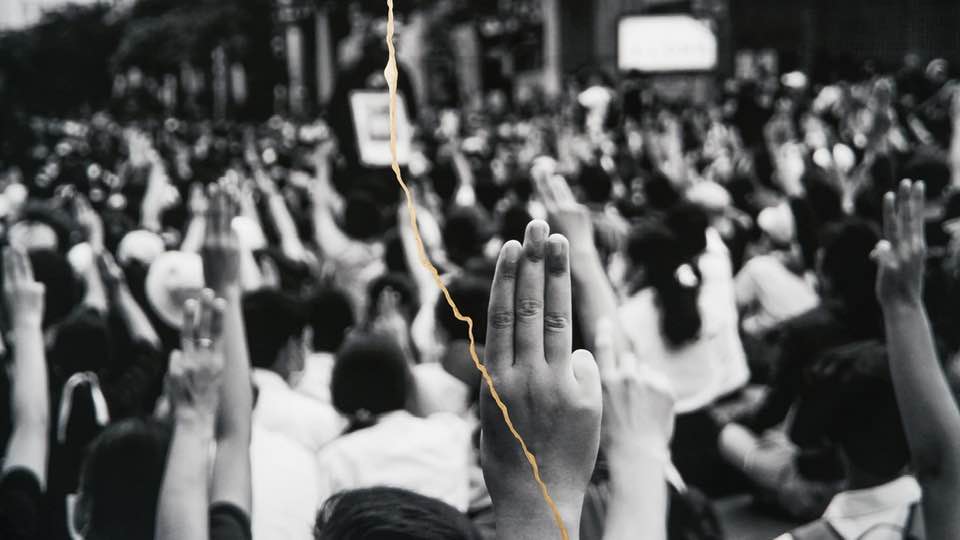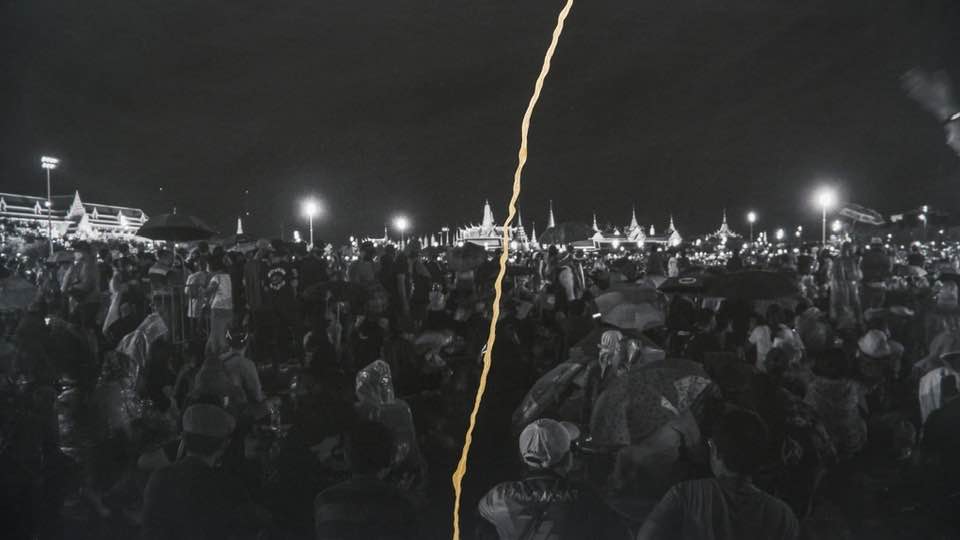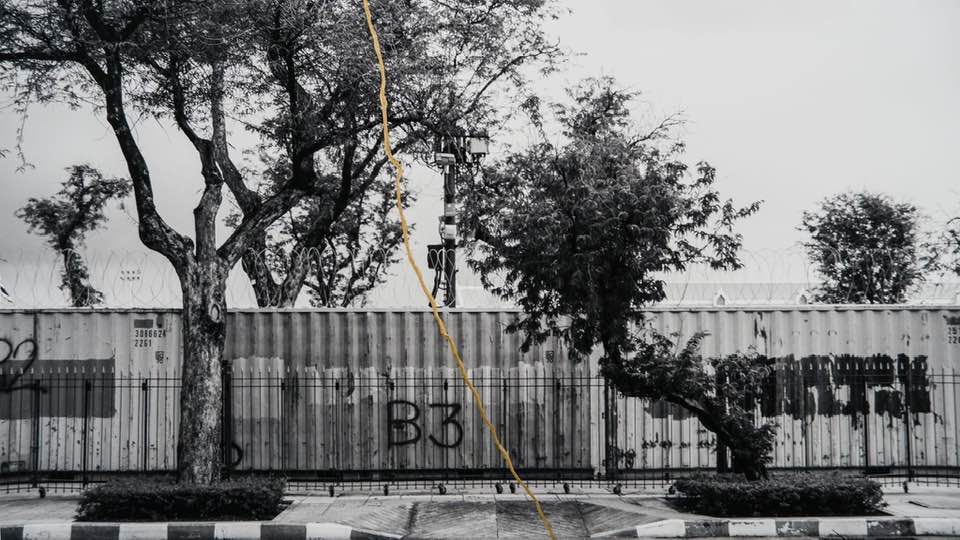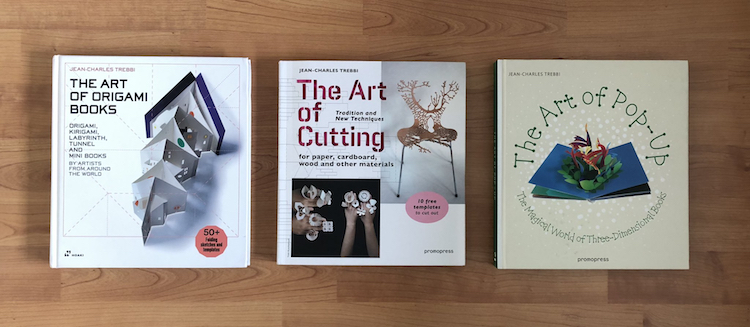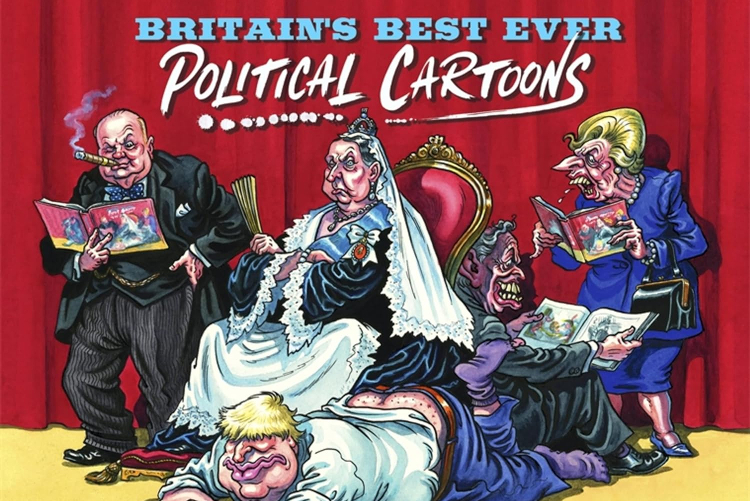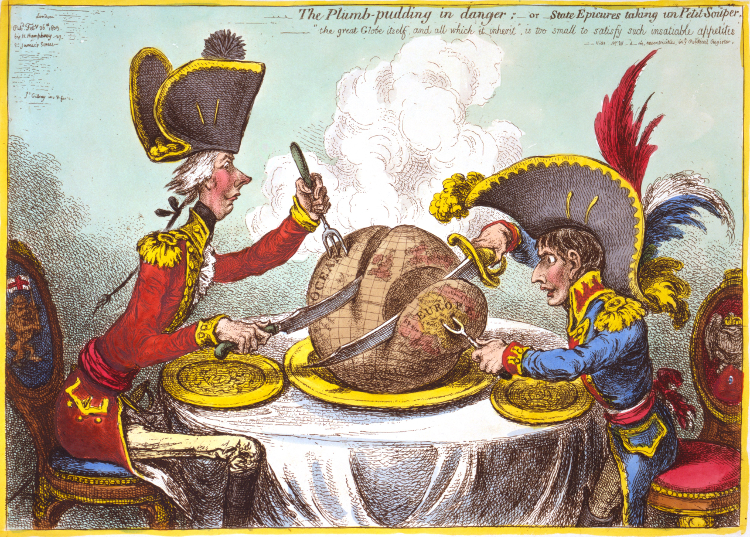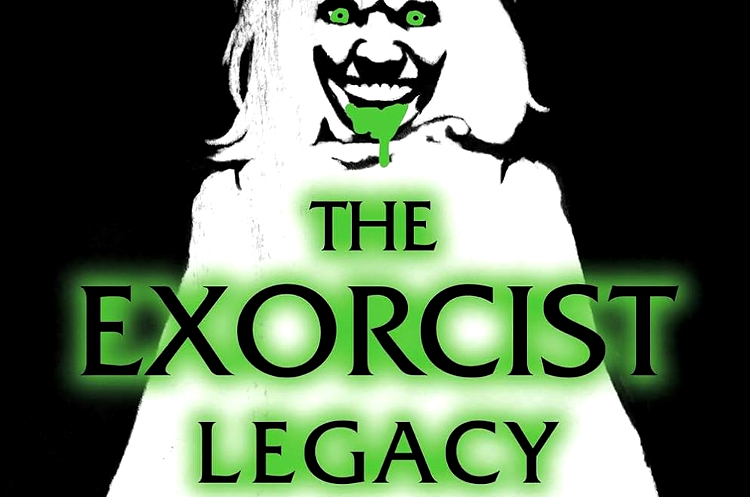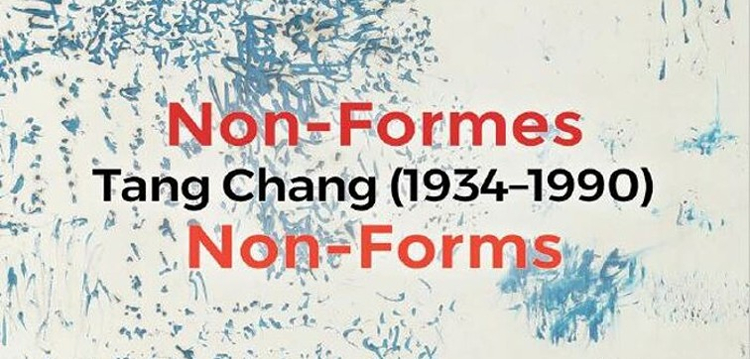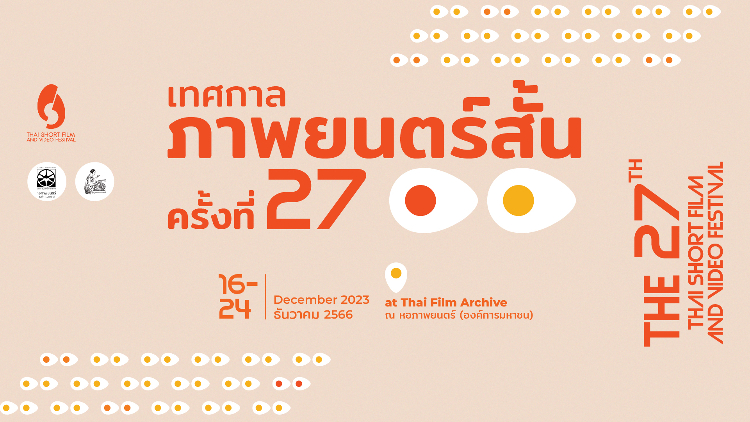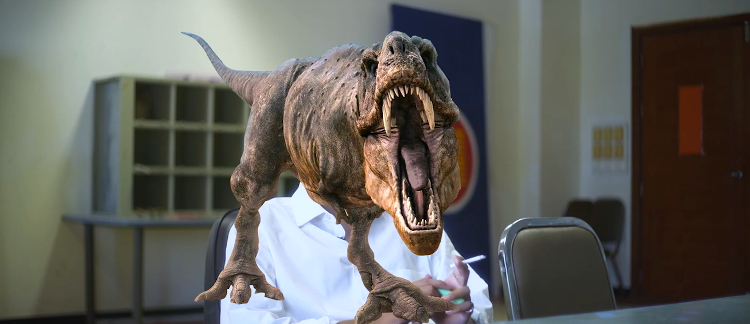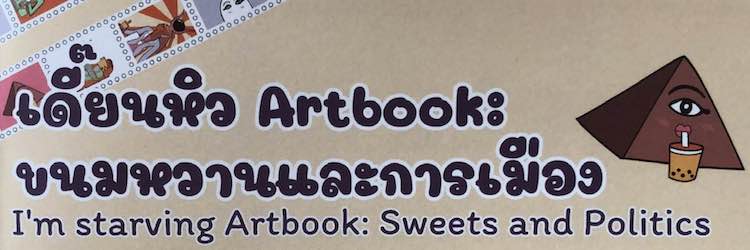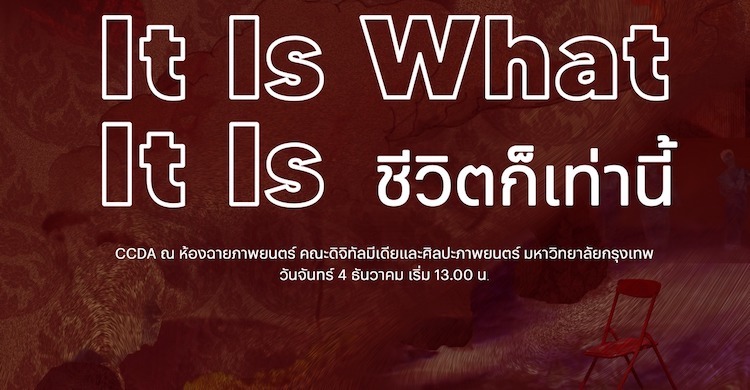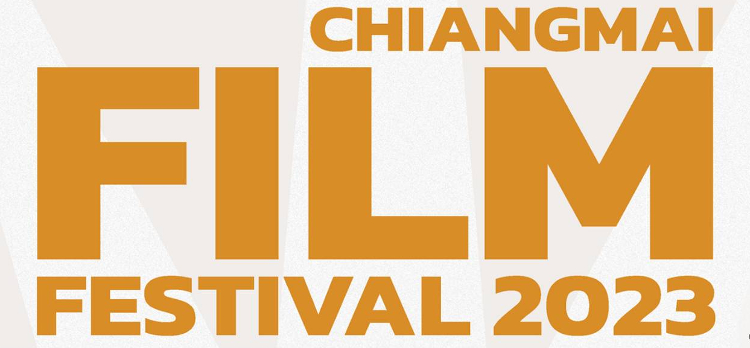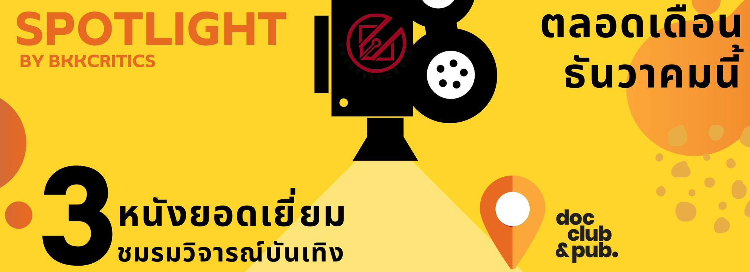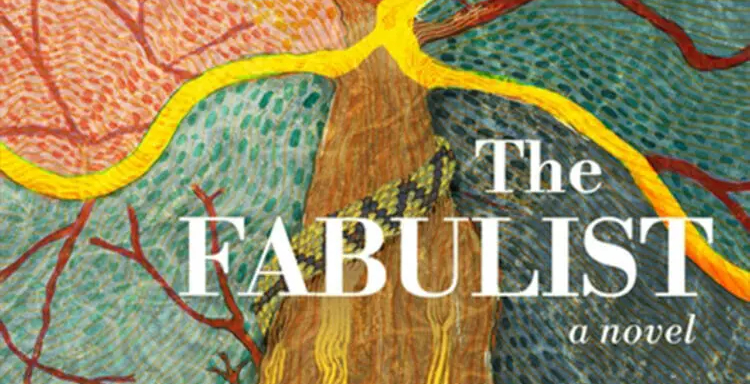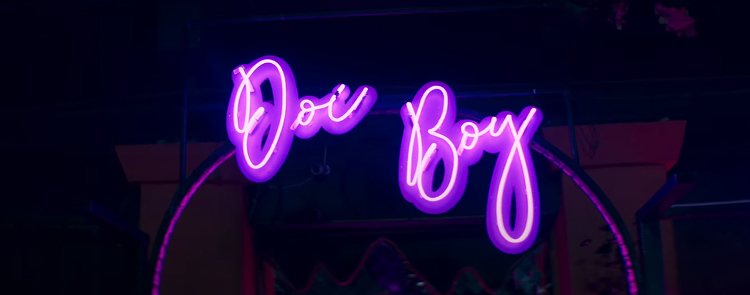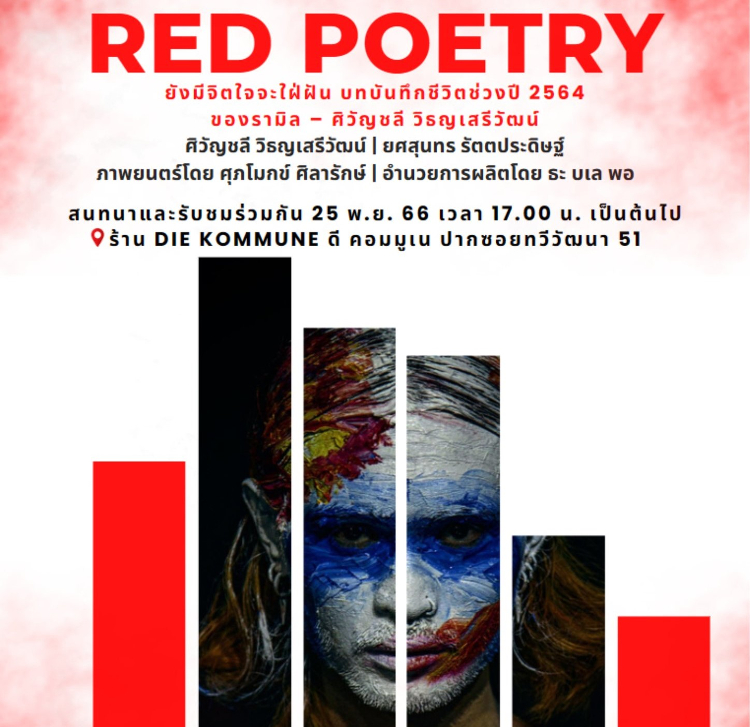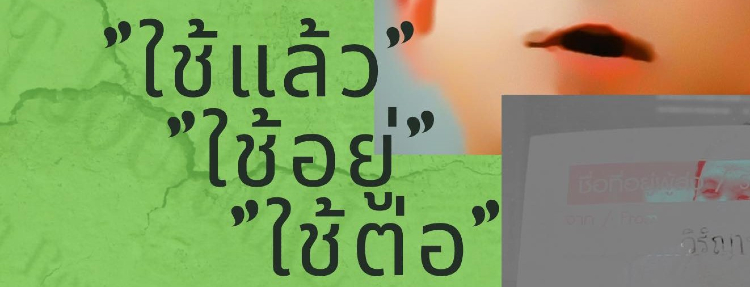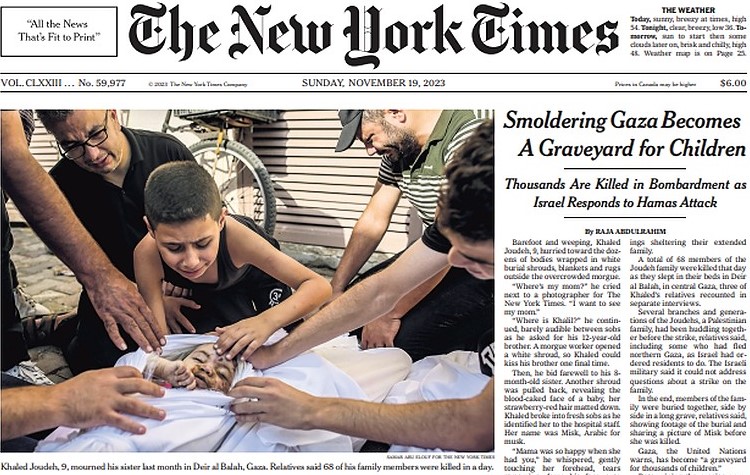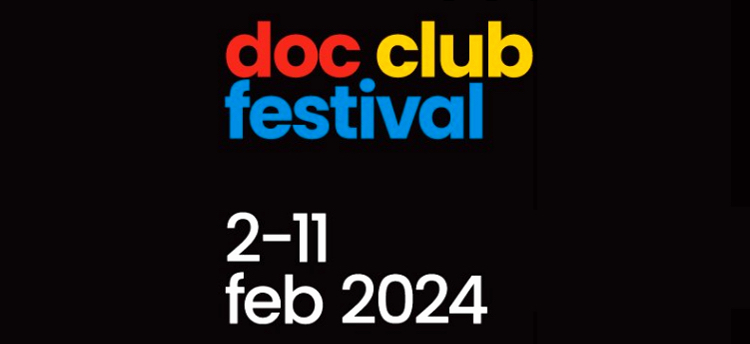
Doc Club and Pub will host its first Doc Club Festival in Bangkok next month, from 2nd to 11th February. The schedule includes two screenings—on 6th and 8th February—of Napasin Samkaewcham’s short film A Love Letter to My Sister, a deeply moving documentary about the volatile relationship between his parents. A Love Letter to My Sister was previously shown in last year’s Short Film Marathon 27 (หนังสั้นมาราธอน 27), and at the 27th Short Film and Video Festival (เทศกาลภาพยนตร์สั้นครั้งที่ 27).
Another recent documentary short, Vichart Somkaew’s 112 News from Heaven, is screening on 5th and 7th February. On the film’s soundtrack, an announcer reads a bulletin of royal news—a daily staple of the Thai airwaves—and this is juxtaposed with captions documenting the convictions of activists charged with lèse-majesté (article 112 of the criminal code). 112 News from Heaven was also shown yesterday in Phatthalung.
On 10th February, there will be a mini retrospective of Nutcha Tantivitayapitak’s documentary shorts: Mr. Zero (คนหมายเลขศูนย์), บันทึกสุดท้าย ‘ดา ตอร์ปิโด’ (‘the final record of ‘Da Torpedo’’), and Red’s Scar (บาดแผลสีแดง). The three films all profile individuals accused of crimes against the state: a writer charged with lèse-majesté, a lèse-majesté convict who died shortly after she was interviewed by Nutcha, and a protester falsely accused of arson following the 2010 military massacre. The Director in Focus retrospective will be followed by a Q&A with Nutcha.
The festival also includes three videos from 2022, all of which commemorate violent episodes from Thailand’s modern history. Sumeth Suwanneth’s Lost, and Life Goes On (เลือนแต่ไม่ลืม) features interviews with relatives of the victims of the 1992 ‘Black May’ massacre. In Chulayarnnon Siriphol’s ชวนอ่านภาพ 6 ตุลา (‘invitation to read images of 6th Oct.’), Octobrists and current students interpret photographs of the 6th October 1976 massacre. Chanasorn Chaikitiporn’s Dawn of a New Day (ก่อนฟ้าสาง) traces the history of the student protest movement from the 14th October 1973 uprising to the 1976 massacre. Sumeth and Chulayarnnon’s films will both be screened on 5th and 7th February, and Chanasorn’s is screening on 4th December as part of a Director in Focus retrospective.
Another recent documentary short, Vichart Somkaew’s 112 News from Heaven, is screening on 5th and 7th February. On the film’s soundtrack, an announcer reads a bulletin of royal news—a daily staple of the Thai airwaves—and this is juxtaposed with captions documenting the convictions of activists charged with lèse-majesté (article 112 of the criminal code). 112 News from Heaven was also shown yesterday in Phatthalung.
On 10th February, there will be a mini retrospective of Nutcha Tantivitayapitak’s documentary shorts: Mr. Zero (คนหมายเลขศูนย์), บันทึกสุดท้าย ‘ดา ตอร์ปิโด’ (‘the final record of ‘Da Torpedo’’), and Red’s Scar (บาดแผลสีแดง). The three films all profile individuals accused of crimes against the state: a writer charged with lèse-majesté, a lèse-majesté convict who died shortly after she was interviewed by Nutcha, and a protester falsely accused of arson following the 2010 military massacre. The Director in Focus retrospective will be followed by a Q&A with Nutcha.
The festival also includes three videos from 2022, all of which commemorate violent episodes from Thailand’s modern history. Sumeth Suwanneth’s Lost, and Life Goes On (เลือนแต่ไม่ลืม) features interviews with relatives of the victims of the 1992 ‘Black May’ massacre. In Chulayarnnon Siriphol’s ชวนอ่านภาพ 6 ตุลา (‘invitation to read images of 6th Oct.’), Octobrists and current students interpret photographs of the 6th October 1976 massacre. Chanasorn Chaikitiporn’s Dawn of a New Day (ก่อนฟ้าสาง) traces the history of the student protest movement from the 14th October 1973 uprising to the 1976 massacre. Sumeth and Chulayarnnon’s films will both be screened on 5th and 7th February, and Chanasorn’s is screening on 4th December as part of a Director in Focus retrospective.

